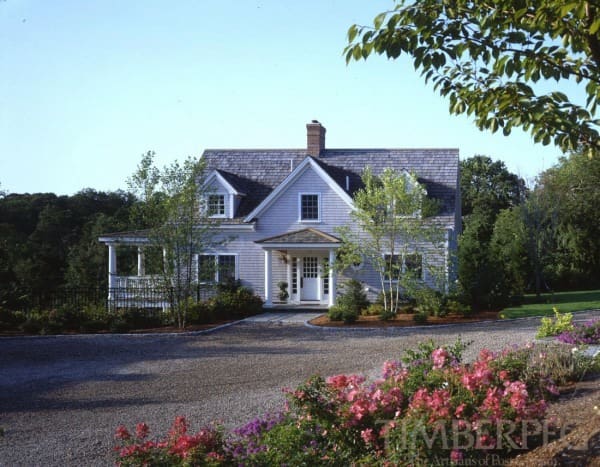One thing we’ve learned over the years is many Timberpeg homeowners love to garden! With spring officially arriving early next week, it’s natural to think about planting your garden for the coming growing season. If you’re a newbie to gardening, here’s a quick guide on when to plant your garden.

Your first step should be determining the frost-free date at your location. Using an online calculator is your best bet, and we like this calculator at davesgarden.com. For example, our local data for Hanover, NH shows an average frost-free date of May 11. This means there is still a 50% risk of frost after this date. If you wish to wait to plant until there is less than a 20% chance of frost, then you should wait at least another week until May 20th.

Some species can be planted well before the frost-free date. As soon as the ground is workable (unfrozen and dry) you can go about planting bareroot perennials and cold tolerant annuals like pansies and violas. Among vegetables, crops like peas, cabbage, lettuce and spinach should be planted now as well. Once you get within a few weeks of your frost-free date even more plants are ready for the dirt. Vegetables like broccoli, carrots and radishes are ideally planted at this time. Geraniums are also an example of an annual flower that does well when planted with nighttime temperatures down to around 28 degrees.

Many plants should only be planted after all danger of frost is passed. Tomatoes are very frost-sensitive, as are all nightshades like potatoes and peppers. Anything tropical should also avoid frost, as should crops like corn and melons. Although these should be planted after freezing weather has passed, avoid planting in the summer. For many plants there will not be a long enough growing season to flower or fruit if planted in the summer, and others will be too stressed if transplanted in the summer heat.

For many perennial plants, it is best to plant them in the fall rather than spring. This allows the plant to establish itself before going dormant in the winter, such that it is ready to grow in the spring as early as possible with some reserves already built up. Shrubs, trees and bulbs are especially great candidates for planting in the fall. Just make sure that the perennial you are planting is suitable for your location by consulting the USDA zone hardiness map. We hope this guide has given you a leg up in the coming growing season. If you’ve liked any of the homes and gardens seen in this post, feel free to contact us for more information.

